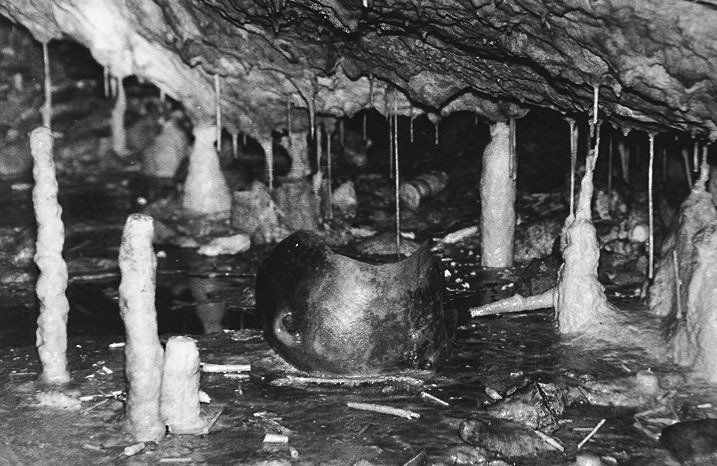However, you can read a quick summary below.
Perhaps we can shed some light as to how the cave waters were used in deep antiquity by looking at the practices of the Etruscans and Romans. They collected the cloudy, mineral-laden liquid issuing forth from the breast-shaped stalactites and used it as an emollient to ensure nursing mothers produced ample breast milk. Such caverns came to be known as milk caves (lattaie) with the cloudy colored waters they produced called mountain milk (latte di monte) or moonmilk (latte di luna). The term moonmilk is refers to an ancient notion that the liquid was produced when the moon’s rays flowed through rock.









